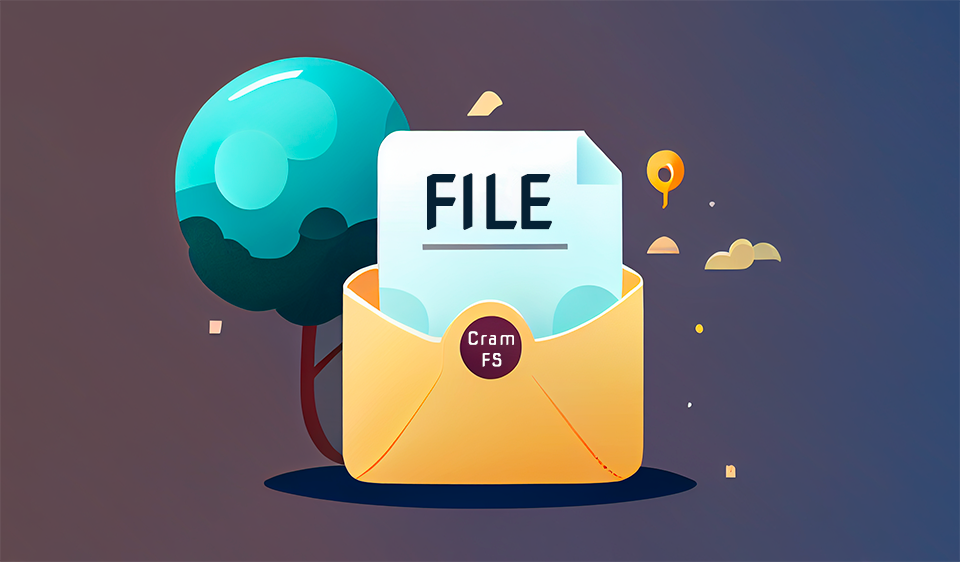What is CramFS?
CramFS is a file system used for storing and accessing files on flash memory devices, such as USB drives and memory cards. CramFS is a compressed file system, which means that it stores data in a compressed form, allowing it to use less space on the device. CramFS was developed by Jörg Czeranski in 2001 and is available as a free, open-source program for Linux and other platforms.
How does CramFS work?
CramFS uses a variety of algorithms to compress data, including LZMA and LZO, which are designed to achieve high compression ratios. It stores the compressed data in a CramFS file system, along with metadata about each file, such as its name, size, and permissions. CramFS also includes features such as read-only support, which allows the file system to be mounted as read-only, and support for large files, which allows it to store files larger than 4GB.
Advantages of CramFS
There are several advantages to using CramFS for storing and accessing files on flash memory devices:
- CramFS is highly effective at compressing files, allowing it to use less space on the device.
- CramFS is fast, both in terms of compression and decompression speed.
- CramFS is open-source, which means that it can be freely used and modified by anyone.
- CramFS supports read-only mounting and large files, which can be useful for certain applications.
Uses of CramFS
CramFS is commonly used to store and access files on flash memory devices, such as USB drives and memory cards. It is particularly well-suited for devices with limited storage space, as the high compression ratios of CramFS can significantly reduce the amount of space needed to store files. CramFS is also frequently used to create custom file systems for specific projects or applications.
